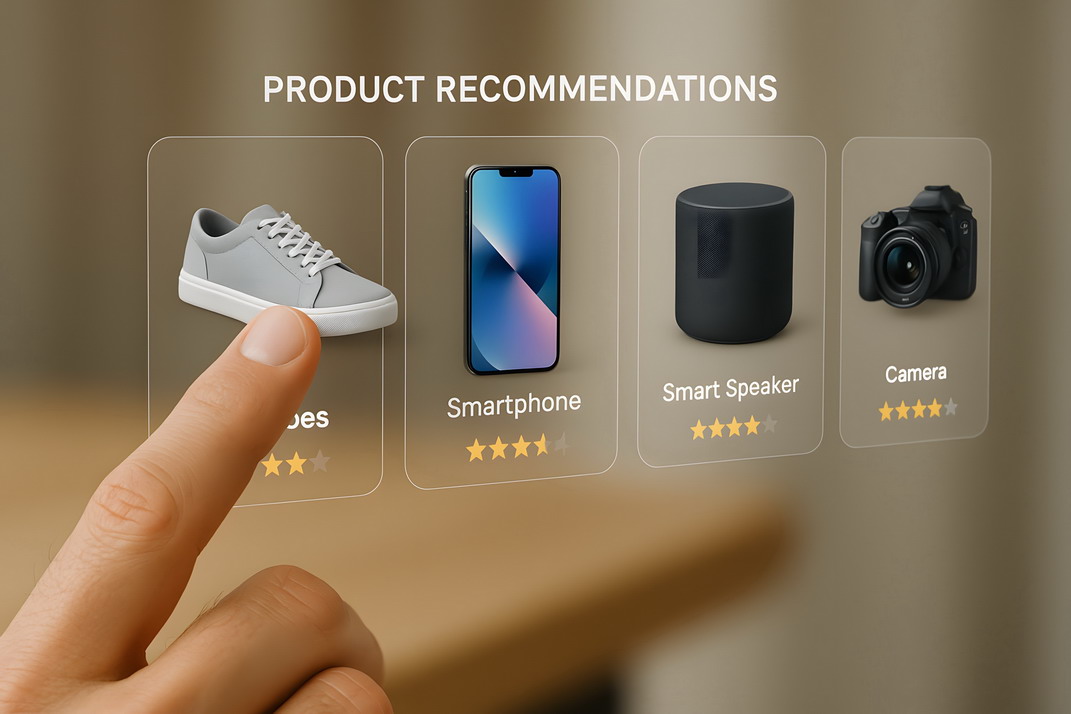Imagine families driving to the mall on a Saturday in 1995. Children press faces on windows, dreaming of toys. Parents look at clothes, feeling the fabric and checking prices. Today, that family browses options on their phones at home. American shopping habits have shifted significantly, altering the strategies of retail businesses.

The Death and Rebirth of Physical Stores
A decade ago, the headlines swore the mall was dead. When an anchor store shuttered, the mosaic of darkened windows looked like a shroud. Some retail chains tanked, stretched thin by slick websites and free shipping. Yet the full funeral never arrived. Instead, the remaining stores began a quiet makeover.
Modern retail spaces have a unique atmosphere: soft lighting, citrus scents, and lo-fi music. Hosts now assist customers, baristas serve oat milk lattes, and photographers capture photos. Merchandise still dazzles, but the point is not to leave with a bag. Instead, you might decide to have a chair shipped tomorrow, feeling the suede and sitting in it first. Retail was always about place; now, place is about feel.
The smartest retailers figured out that shopping is really about experience, connection, and enjoyment, not just a shopping cart. An indie bookstore can pack seats for a poet reading new work. A bike shop can build a pump track in front. These moments draw people in, creating lasting memories.
How Technology Shifted the Game
Shopping apps rewrote the discovery playbook. Wandering aisles in search of a spark is still a nice day out, but now algorithms serve up items because they know what you liked last week and what friends are posting. Instagram, TikTok, and the rest turned everyday users into mini-press agents, and the things they spotlight suddenly become must-have.
Shoppers can use virtual try-on tools to visualize how clothing fits, eliminating the need to use a dressing room. AR apps show furniture in your living room. Shopping is now as easy as talking to a friend, thanks to voice assistants. People can reorder household essentials simply by asking.
The Rise of Smart Retail
Retailers are getting sharp about meeting customer needs. Smart retail systems now count every product in real time, so shelves are perfectly stocked, or empty, when you arrive. According to the people at Blues IoT, that means fewer trips wasted on out-of-stock items, leaving shoppers happier and more loyal.
Digital price tags mean tags aren’t stuck at yesterday’s price. They can shift in seconds, matching a competitor’s sale or capturing a surge in demand. A shopper strolling through apparel now can let a guided cart track totals and suggest matching items, and in some stores, facial recognition instantly knows their name and past purchases.
The Human Element Remains Important
For a lot of us, shopping’s best moment happens when a friend or family member is by our side. It’s the thrill of stumbling on a cool gadget, hearing a genuine “wow” when you lift a dress off the rack, or the little debate over whether those shoes are worth the money. Sure, we can scroll past a pile of online reviews, but nothing beats the snap opinion of someone you trust standing right next to you.
Conclusion
Shopping tomorrow won’t force a pick between a website or a storefront. Instead, it’ll fade the lines and glide with us from one moment to the next. If you want to drift the aisles of an app at 1 a.m. or grip a sweater’s sleeve at noon on a Saturday, the brand will already be there, and it will feel the same every corner you turn. The easiest, most welcoming, and most personal experience will always be there, no matter the time or location.














